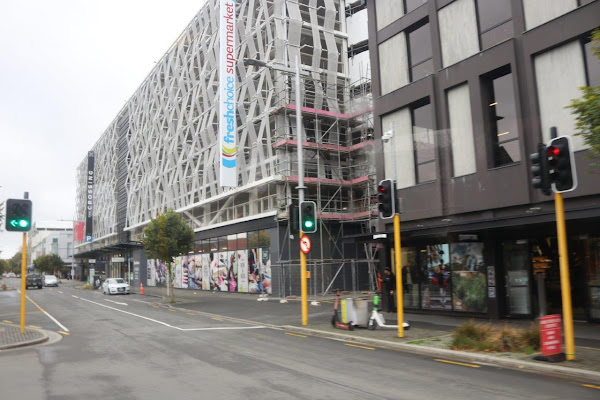The New Zealand city of Christchurch experienced a devastating earthquake on February 22, 2011, with a magnitude of 6.3 and a shallow focus at a depth of just 4.99 kilometers. This major earthquake caused extensive damage to buildings and infrastructure, including the collapse of the city's cathedral spire. More than half of the city's buildings sustained damage, and severe liquefaction resulted in the production of around 400,000 tons of silt. The central city and eastern suburbs were particularly hard hit.
Even five years after the disaster, thousands of residents were still waiting for their homes to be repaired or rebuilt. They faced ongoing financial difficulties due to years of delays and disputes over insurance claims.
In the years following the earthquake, Christchurch underwent significant rebuilding. Here are what I saw from a walk from the Christchurch Bus Interchange to the downtown shopping area, to Cathedral Square, and then to the Botanic Gardens and back.






































































